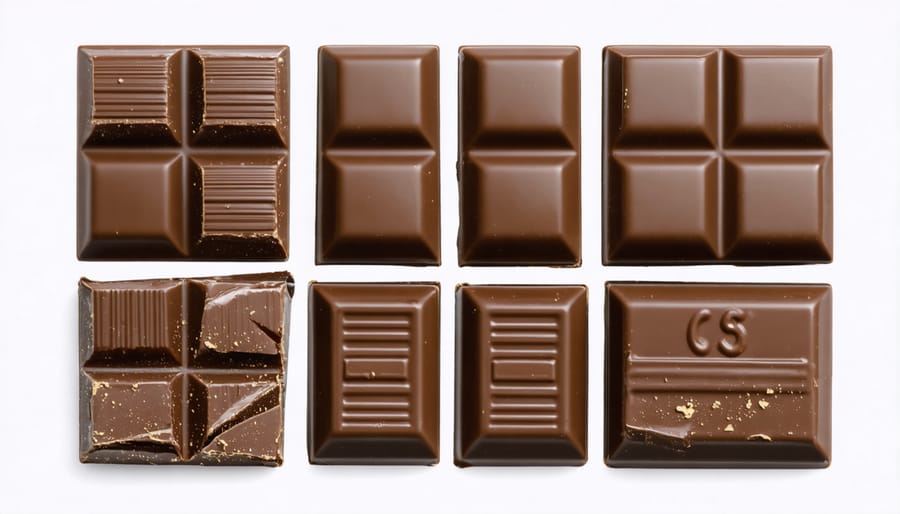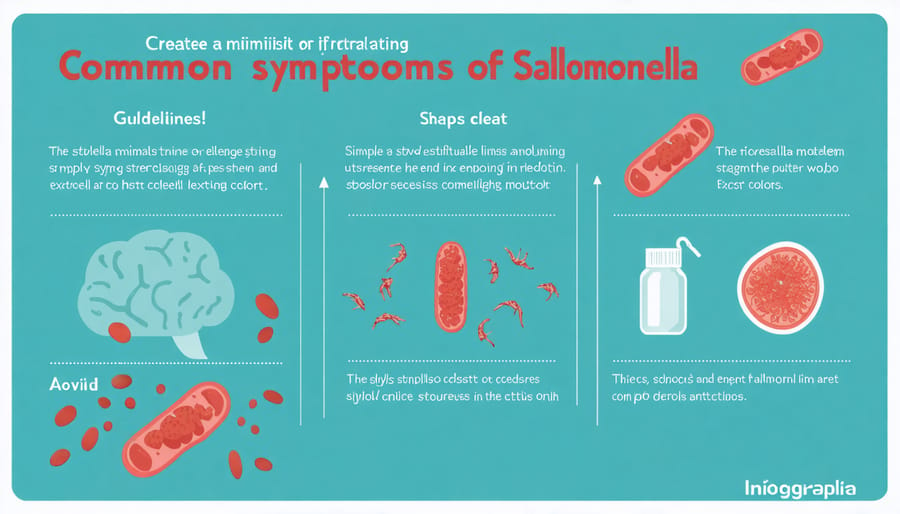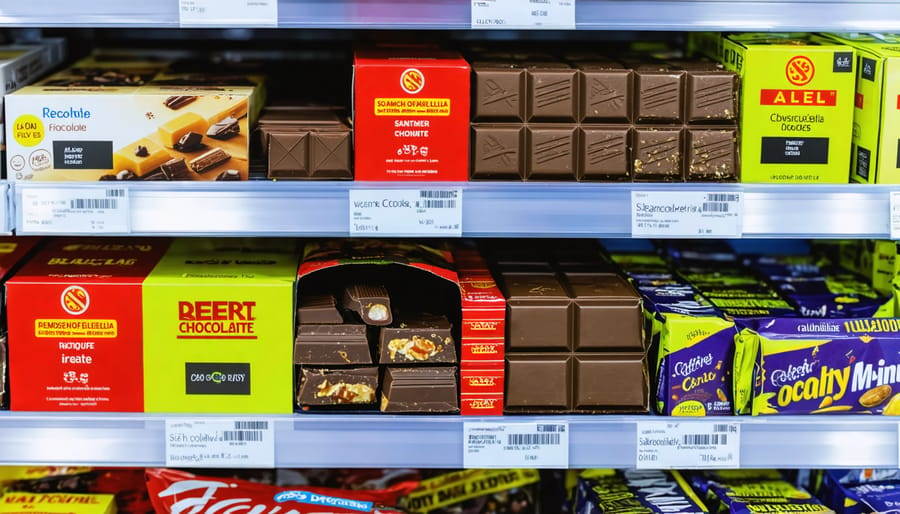Check your pantry immediately for potentially contaminated chocolate products linked to the latest salmonella outbreak, which follows several previous chocolate recalls across Canada. This urgent recall affects multiple chocolate brands and poses serious health risks, particularly to children, elderly individuals, and those with compromised immune systems. The outbreak has already resulted in confirmed cases of salmonella infection, prompting Health Canada to issue a nationwide alert. Consumers who have purchased chocolate products within the last three months should verify their products against the recall list, as symptoms can develop within 12 to 72 hours after consumption. The recall underscores the critical importance of food safety monitoring and swift public health response to protect Canadian consumers.
Products Affected by the Recall

Specific Batch Numbers and Date Codes
The affected chocolate products include batch numbers starting with L3KC17 through L3KC24, manufactured between October 15 and November 30, 2023. Date codes can be found on the back or bottom of packages, typically printed as “Best Before DD/MM/YYYY.” Specifically, check for products with best-before dates ranging from March 2024 to July 2024. For individually wrapped chocolates, look for the batch code stamped on the inner foil wrapper or the outer packaging. If you’re unable to locate the batch number or date code, we recommend not consuming the product and contacting the manufacturer directly for verification.
Health Risks and Symptoms

Who is Most at Risk?
While salmonella infection can affect anyone, certain groups face higher risks and may experience more severe symptoms. Young children under 5, older adults over 65, pregnant women, and people with weakened immune systems are particularly vulnerable. Those with chronic conditions like diabetes, liver disease, or inflammatory bowel disease should also exercise extra caution. These individuals may develop serious complications that could require hospitalization. If you belong to any of these high-risk groups and have consumed recalled chocolate products, it’s advisable to contact your healthcare provider, even if you haven’t experienced symptoms yet. Be especially watchful for signs of dehydration, which can develop quickly in vulnerable populations.
What to Do If You Have Purchased Affected Products
If you’ve purchased any of the affected chocolate products, please follow these important steps to protect your health and safety:
1. Stop consuming the product immediately, even if you’ve already eaten some without experiencing symptoms.
2. Check the product’s batch number and expiry date against the recall list provided by the Canadian Food Inspection Agency (CFIA).
3. Keep the product packaging for reference, as it contains important tracking information.
4. Do not throw the affected products in regular household garbage. Instead, either:
– Return them to the store where purchased for a full refund
– Dispose of them in a sealed package in your outdoor garbage bin
5. Thoroughly wash your hands and any surfaces or containers that may have come in contact with the affected products using warm, soapy water.
6. Monitor yourself and family members for symptoms of salmonella infection, which can appear within 12 to 72 hours after consumption.
7. If you’ve consumed the affected products and experience symptoms such as fever, diarrhea, or stomach cramps, contact your healthcare provider immediately.
8. Keep your purchase receipt if available, though most retailers will process returns without one during safety recalls.
Remember to sign up for CFIA’s food recall alerts to stay informed about future food safety issues.
Prevention and Food Safety Tips
To effectively protect against salmonella infection, follow these essential food safety practices when handling chocolate and other food products. Always check expiration dates and inspect packaging for damage before purchasing. Store chocolate products at recommended temperatures, typically between 18-20°C (65-68°F), in a clean, dry place.
Maintain proper hand hygiene by washing hands thoroughly with soap and warm water before handling any food items. Keep your kitchen surfaces, utensils, and storage areas clean and sanitized. If you discover recalled chocolate products in your home, avoid tasting them to check for safety.
For opened chocolate products, store them in sealed containers to prevent cross-contamination. Be particularly vigilant with chocolate products that contain raw or minimally processed ingredients. If you notice any unusual appearance, smell, or texture in chocolate products, dispose of them safely.
Pay special attention to serving chocolate to vulnerable individuals, including young children, elderly people, pregnant women, and those with compromised immune systems. When in doubt about a product’s safety, it’s better to discard it than risk foodborne illness.
Staying informed about food recalls is crucial for protecting your health and that of your family. Remember to check product codes and dates on any chocolate products in your home against the recalled items, and immediately dispose of affected products. If you’ve experienced symptoms after consuming recalled chocolate, contact your healthcare provider. For ongoing updates about this and other recalls, bookmark our latest food safety alerts page. Keep your receipt for potential refunds, and stay vigilant about food safety by regularly checking Health Canada’s recall database. Your health and safety are paramount, and taking these precautionary steps can help prevent foodborne illness.

